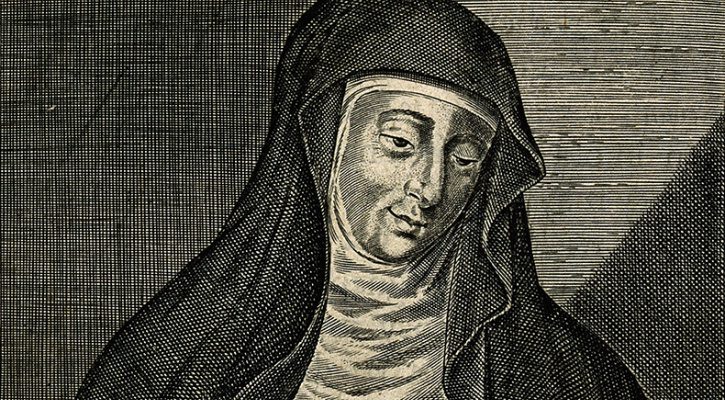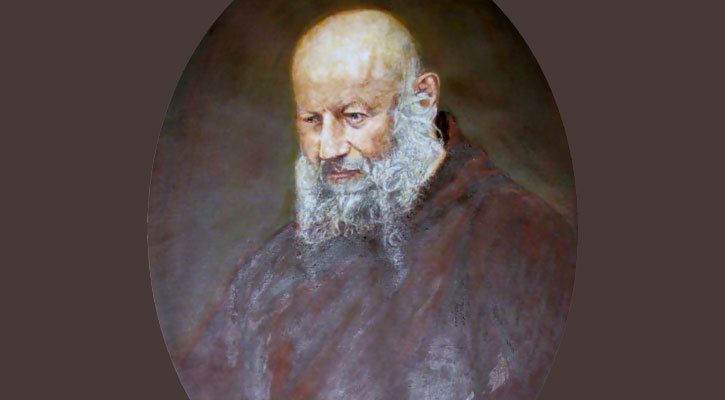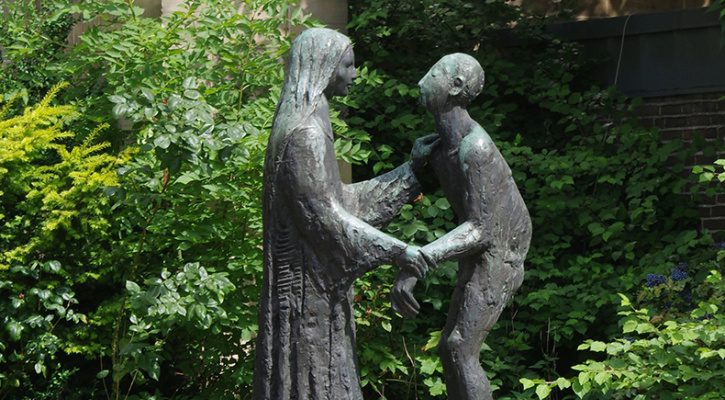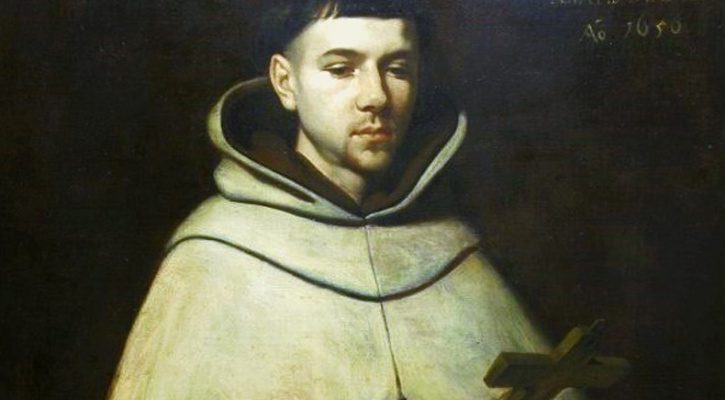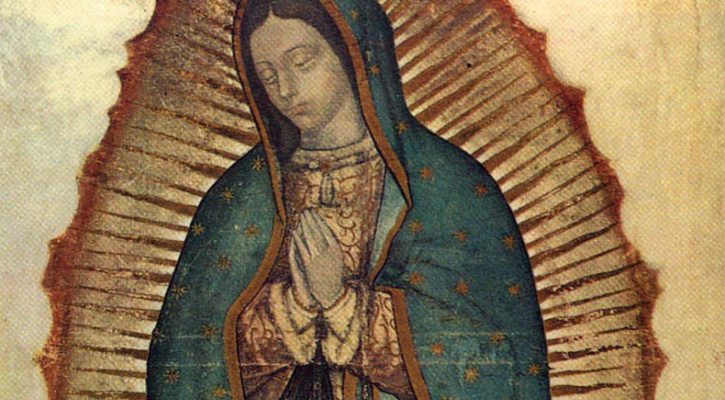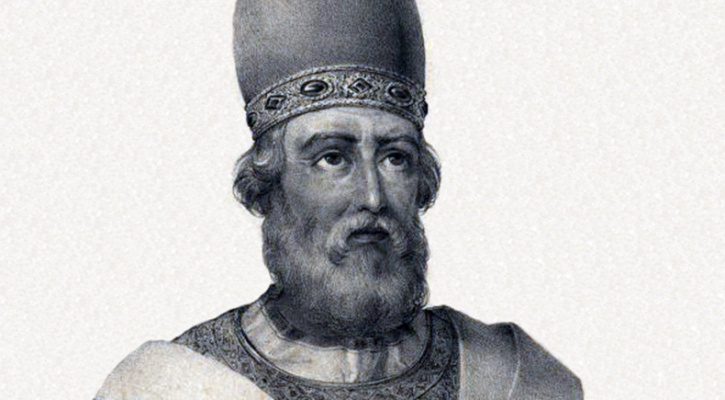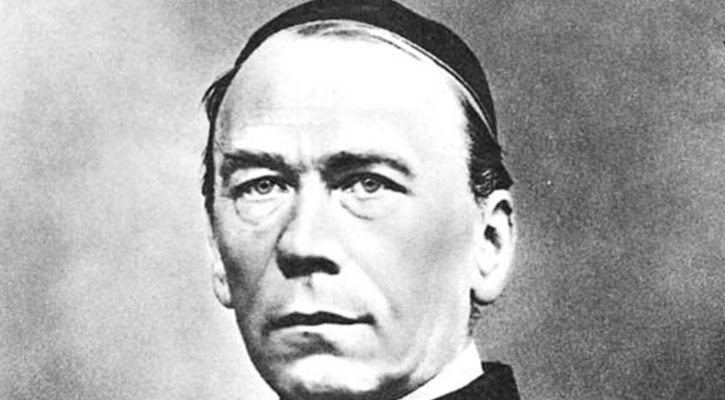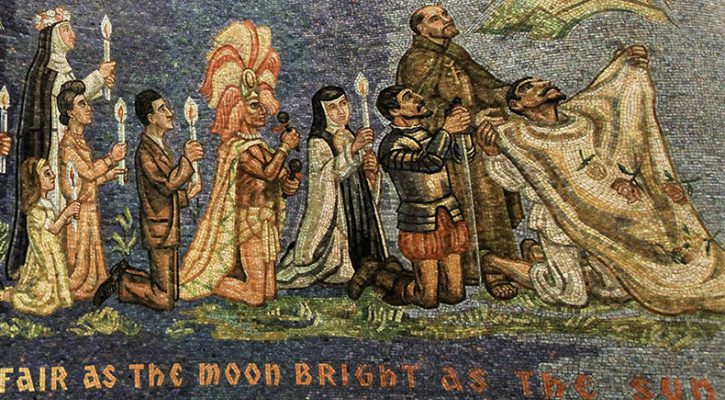
Image: Stained glass window of Saint Maria Goretti | Reinhard Müller
Saint of the Day for July 6
(October 16, 1890 – July 6, 1902)
Saint Maria Goretti’s Story
One of the largest crowds ever assembled for a canonization—250,000—symbolized the reaction of millions touched by the simple story of Maria Goretti. She was the daughter of a poor Italian tenant farmer, had no chance to go to school, never learned to read or write. When Maria made her First Communion not long before her death, she was one of the larger and somewhat backward members of the class.
On a hot afternoon in July, Maria was sitting at the top of the stairs of her house, mending a shirt. She was not quite 12 years old, but physically mature. A cart stopped outside, and a neighbor, 18-year-old Alessandro, ran up the stairs. He seized her and pulled her into a bedroom. She struggled and tried to call for help. “No, God does not wish it,” she cried out. “It is a sin. You would go to hell for it.” Alessandro began striking at her blindly with a long dagger.
Maria was taken to a hospital. Her last hours were marked by the usual simple compassion of the good—concern about where her mother would sleep, forgiveness of her murderer (she had been in fear of him, but did not say anything lest she cause trouble to his family), and her devout welcoming of Viaticum, her last Holy Communion. She died about 24 hours after the attack.
Alessandro was sentenced to 30 years in prison. For a long time he was unrepentant and surly. One night he had a dream or vision of Maria gathering flowers and offering them to him. His life changed. When he was released after 27 years, his first act was to beg the forgiveness of Maria’s mother.
Devotion to the young martyr grew, miracles were worked, and in less than half a century she was canonized. At her beatification in 1947, her 82-year-old mother, two sisters, and her brother appeared with Pope Pius XII on the balcony of St. Peter’s. Three years later, at Maria’s canonization, a 66-year-old Alessandro Serenelli knelt among the quarter-million people and cried tears of joy.
Reflection
Maria may have had trouble with catechism, but she had no trouble with faith. God’s will was holiness, decency, respect for one’s body, absolute obedience, total trust. In a complex world, her faith was simple: It is a privilege to be loved by God, and to love him—at any cost.
Saint Maria Goretti is the Patron Saint of:
Catholic Youth
Girls
Teenagers
Click here for more on Saint Maria Goretti!
Posted by Franciscan Media.
Daily Reading
Thursday of the Thirty-fourth Week in Ordinary Time-Thanksgiving
Readings for the Thanksgiving Day Readings for the Thursday of the Thirty-fourth Week in Ordinary Time Thursday of the Thirty-fourth Week in Ordinary Time Thanksgiving Day – – – Lectionary…
Daily Meditation
Who Wins in the End?
Click here for daily readings Happy Thanksgiving! I would like to start by asking you to read today’s Gospel from Luke 21:20-28. If you are a regular Bible reader, this…





